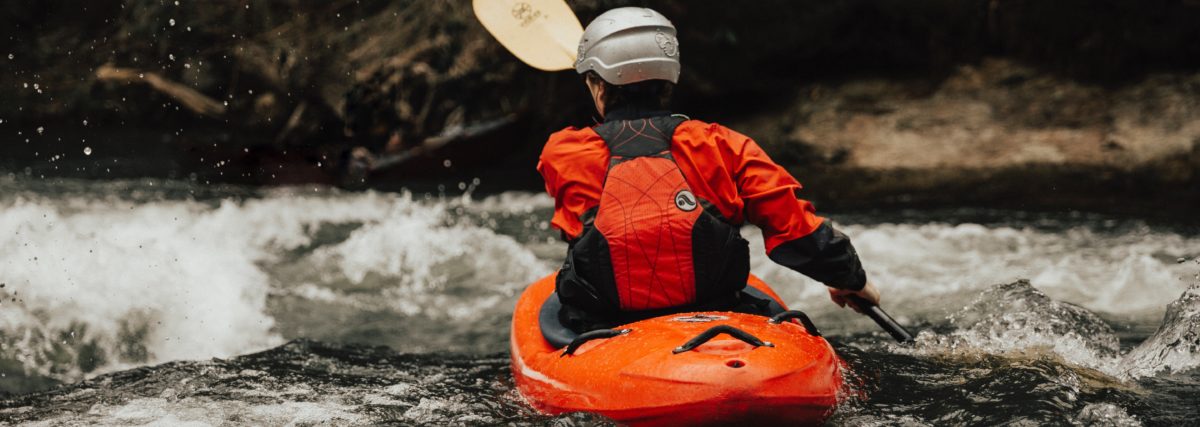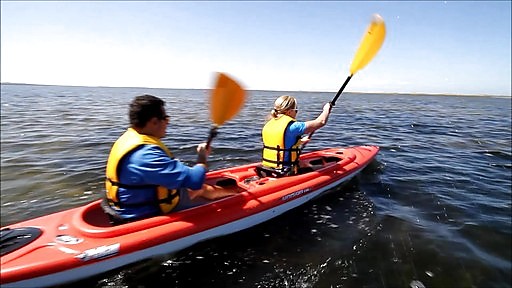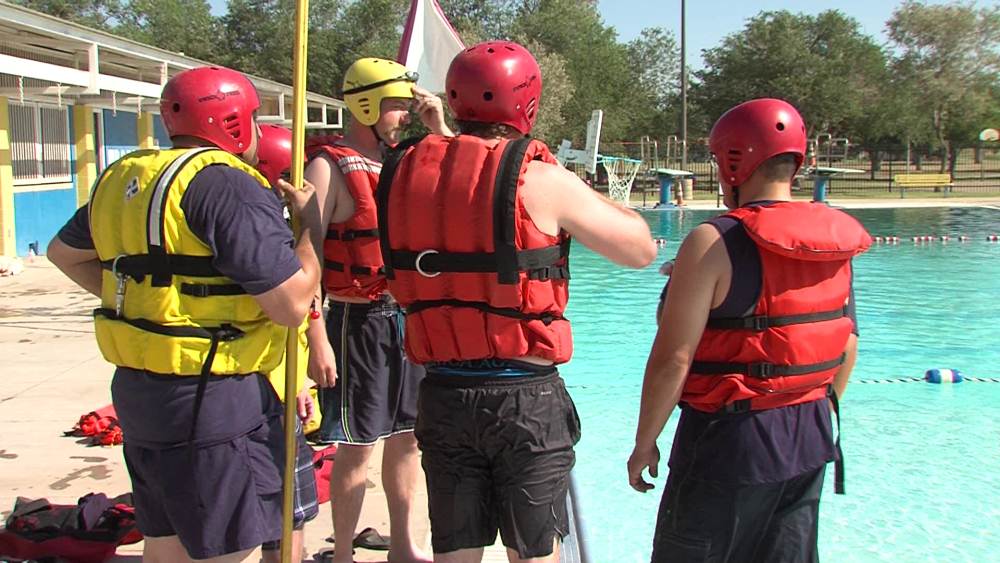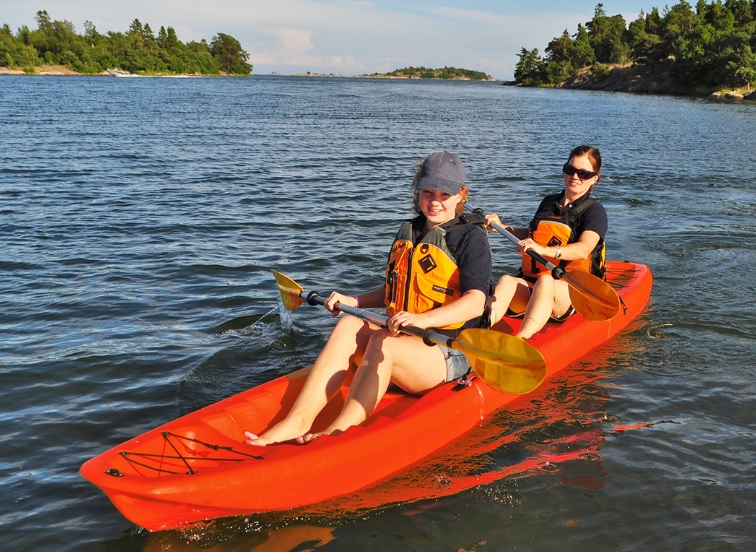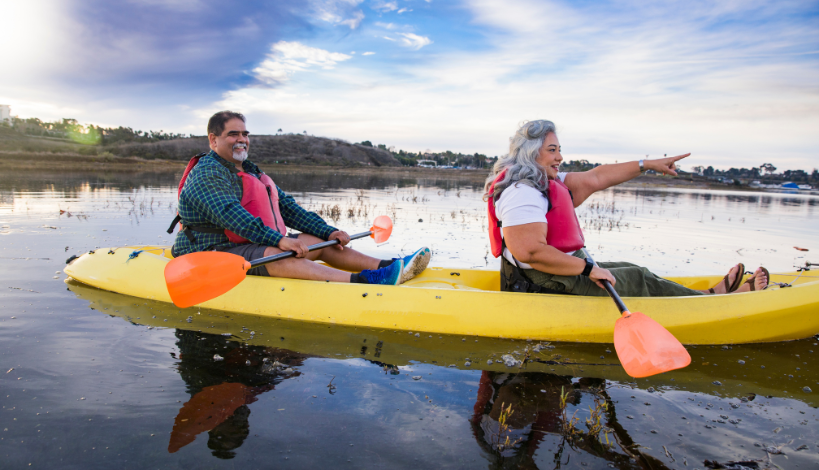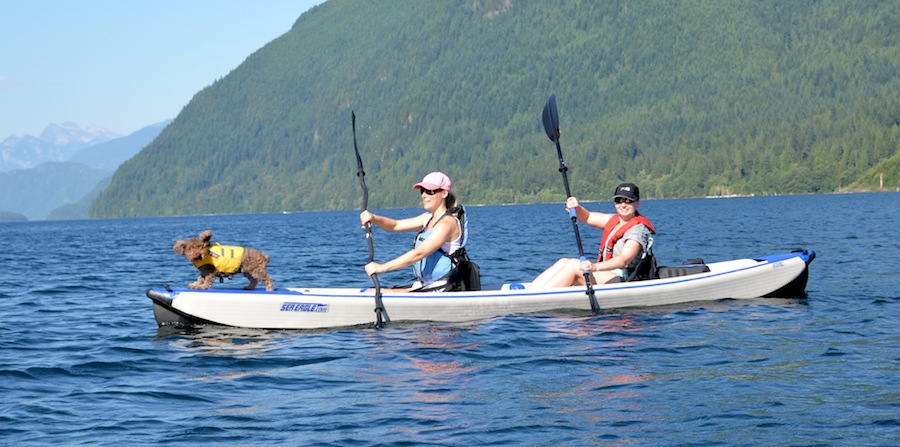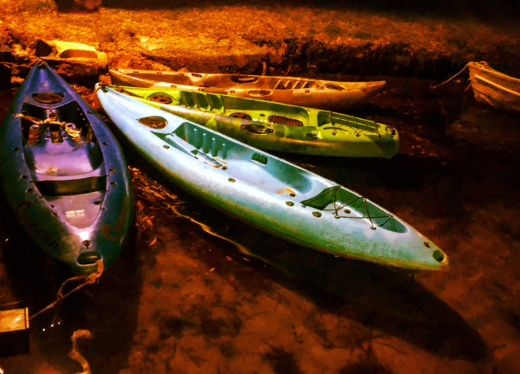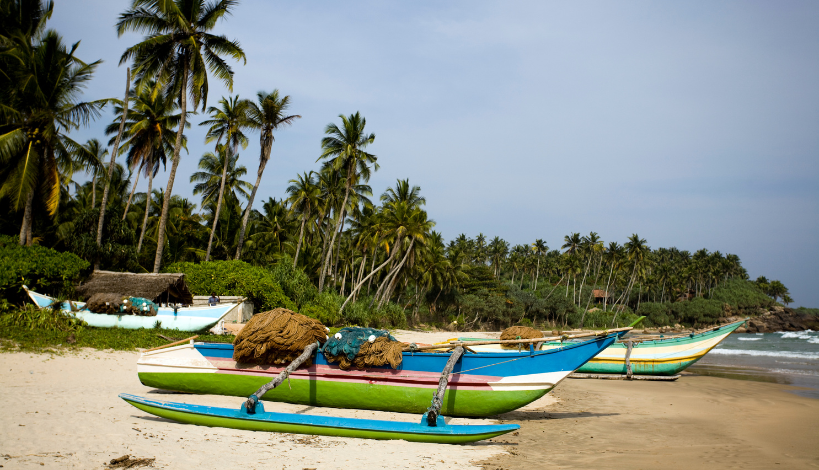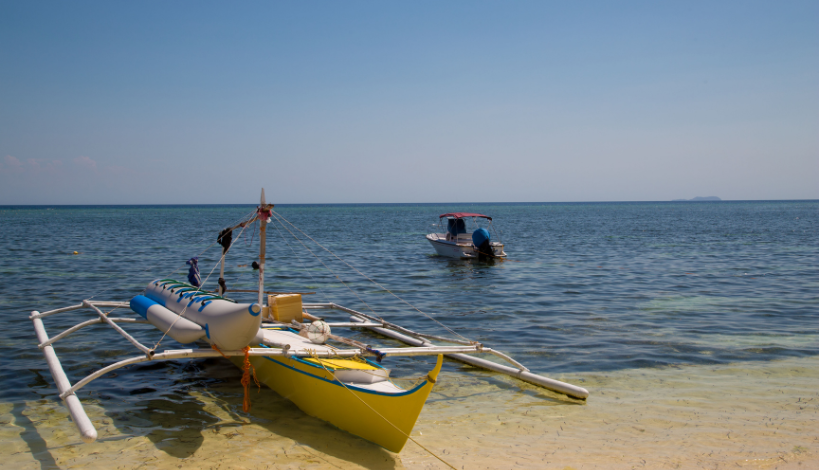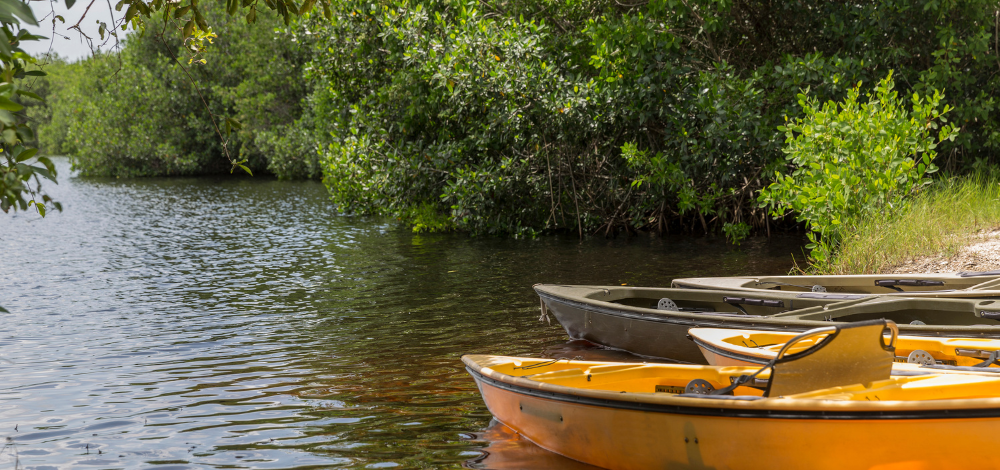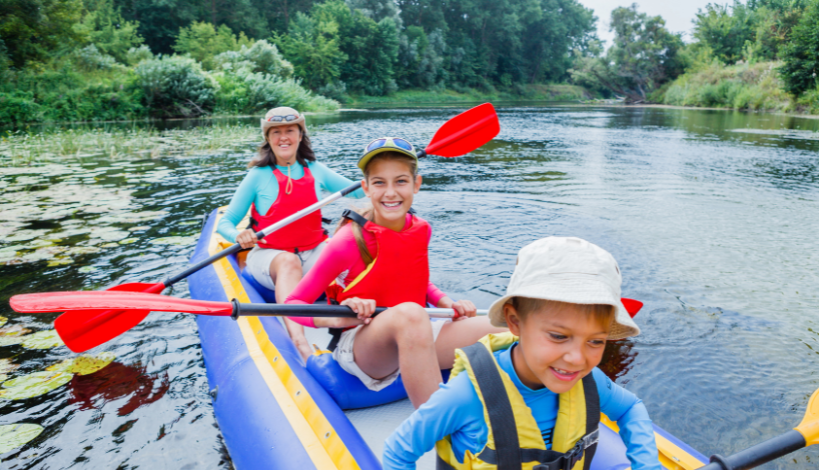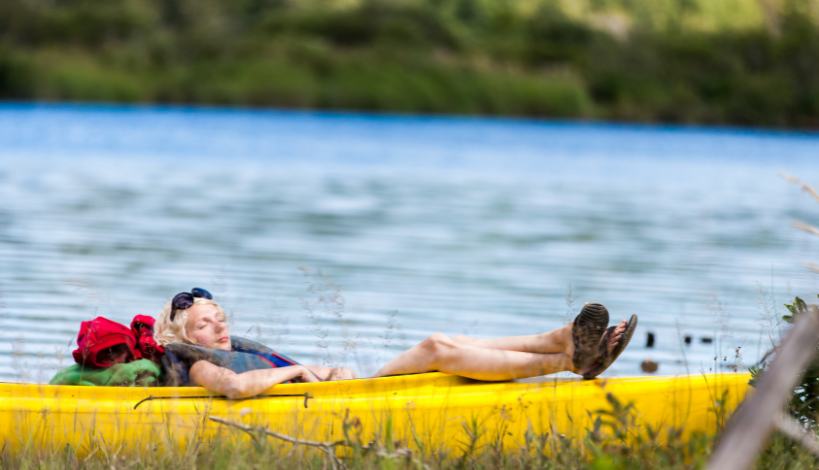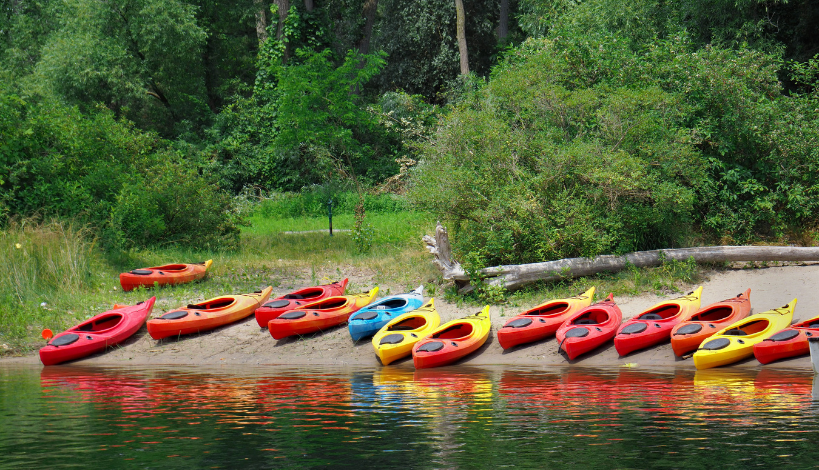For a long, long time, kayaking was an activity that required room and space if you wanted to own a kayak. That was until the Oru kayak was released: it was one of the first folding kayaks in its class that was built with durability, longevity, and space in mind. These collapsible boats are constructed from high-quality materials and can be stored and transported with ease.
Hands down, because I live in an apartment and own a small car, the Oru kayak is one of the best purchases I’ve made in life. But before you buy it, you may have the following question:
Realistically, How Long Will the Oru Last?
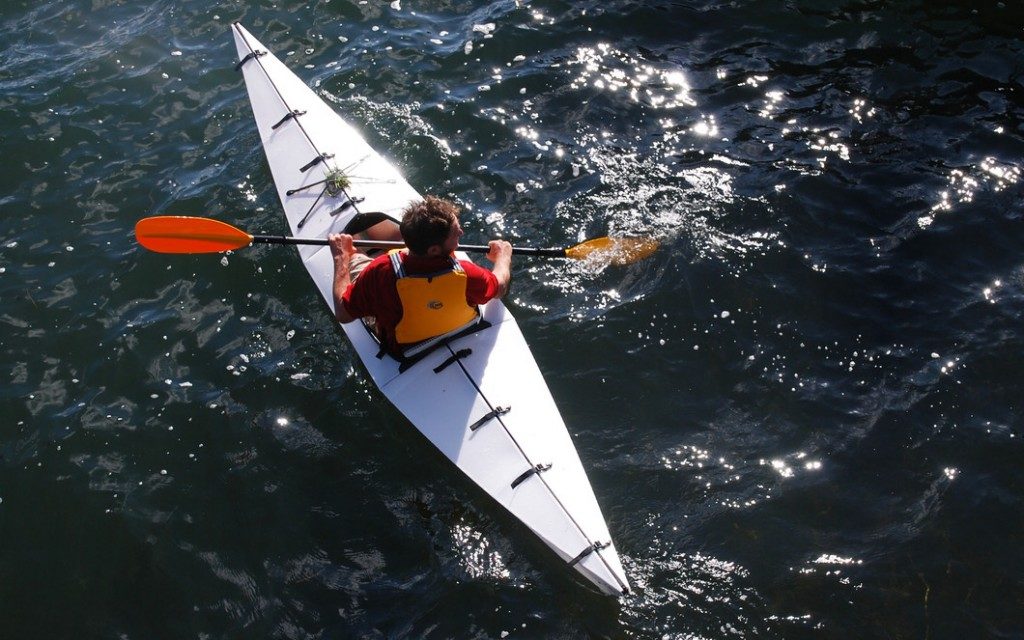
The question of durability is an important one when it comes to any purchase, especially if the item you’re buying costs more than the average. The Oru kayak is no exception and its longevity depends mainly on how much care you give it.
If you’re using your folding kayak mostly for recreational purposes, then with proper maintenance and storage, it can last up to 15 years or more. It’s important to keep the kayak clean and dry after use, as well as store it in a cool place out of direct sunlight. This will help ensure that the components won’t crack or weaken over time.
If you plan on using your Oru for more intense activities, like touring or even whitewater kayaking, then you should expect to replace it every 5-10 years or so. The more wear and tear the kayak goes through, the shorter its lifespan will be. You may also need to replace some of the parts periodically due to normal wear and tear, but as long as you take good care of your Oru kayak it should still last you for many years to come.
It’s important to note that the Oru kayak is not indestructible so it should be handled with love and care and given regular maintenance and attention in order to get the most out of it.
If you take proper care of your Oru kayak, then it should last for many years and give you countless hours of fun out on the water like mine has for me!
The Basics of the Oru
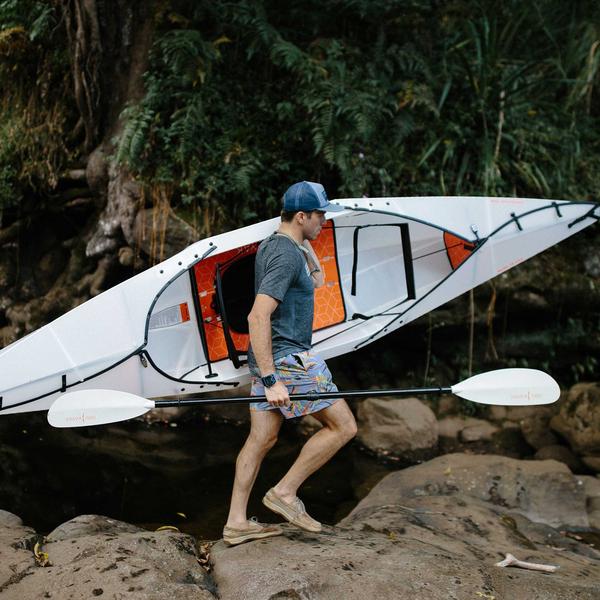
Before diving into the topic of durability, it’s important to understand the basics of Oru Kayaks. These boats are built from lightweight but sturdy materials like polypropylene and ABS plastics.
They feature an origami-inspired design that allows them to be easily folded down to manageable sizes for storage. Users can assemble and disassemble an Oru Kayak with ease thanks to the intuitive snap-lock system, and the compact design means that these boats can be taken anywhere – from the trunk of a car to the overhead compartment on a plane. Which in itself is absolutely incredible.
The Durability of Oru’s Construction Materials
One reason why Oru Kayaks are so popular among outdoor enthusiasts is that they are constructed from materials that can withstand a great deal of wear and tear. The polypropylene outer layer is highly water-resistant and offers excellent UV protection from the sun.
Meanwhile, the ABS plastic rib supports provide strength and stability without adding excessive weight to the kayak.
The overall design of the Oru Kayak is engineered to maximize durability, with minimal stress points that can cause wear and tear over time.
It’s Made for Long-Term Performance
Despite their unique design and lightweight construction, Oru Kayaks are built to last. With proper care and maintenance, these boats can be used for a decade or more without any noticeable decline in performance.
When compared to traditional hard-shell kayaks, the Oru offers a significant advantage in terms of longevity.
Traditional kayaks are often subject to cracks, scratches, and damage from harsh weather and rough handling. In contrast, the Oru Kayak is more durable than an inflatable kayak but still lightweight and easy to transport.
How Many Times Can You Fold an Oru Kayak?
Oru kayaks are designed to be folded and unfolded as many times as necessary. With proper care and maintenance, these boats can withstand hundreds of folding cycles without any loss in performance or durability.
Of course, regular wear and tear from use will eventually cause the components of the kayak to weaken over time, but with proper storage and maintenance the Oru Kayak should last many years.
Can an ORU Kayak Sink?
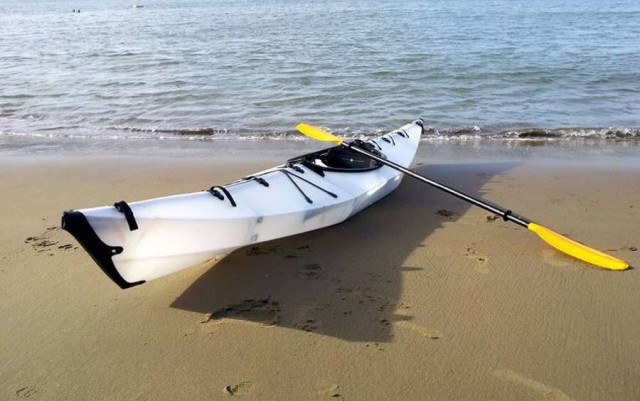
No, the Oru kayak is designed to be unsinkable. The construction materials are highly buoyant and allow the boat to stay afloat even in rough seas and choppy water.
However, it’s important to remember that no kayak is completely unsinkable and if the boat takes on enough water or has a puncture or tear then it will eventually sink. That is why it’s important to practice safety and be aware of the conditions before you head out on the water.
How Do You Drain an ORU Kayak?
To drain your Oru kayak, open the drain plug at the stern of the boat. You may want to use a pair of pliers if it is stuck or difficult to turn.
Let gravity do its job – you should see water draining out the back of the kayak.
Once most of the water has drained, close the plug and make sure it is tightly sealed. You can then dry out the kayak with a towel or air it out in the sun until completely dry.
How Do You Take Care of an ORU Kayak?

Taking care of your Oru kayak is essential for ensuring that it will last you many years. After each use, be sure to rinse off the boat with fresh water and dry it completely with a towel. This will help protect the materials from saltwater corrosion and keep the Oru looking like new.
Also, make sure to store your kayak in a cool, dry place with plenty of air circulation. This will help prevent the components from cracking or weakening over time.
If you plan on leaving your kayak out for extended periods of time, make sure to cover it up with a tarp or waterproof fabric to protect it from sun and rain damage.
Finally, inspect your Oru kayak periodically for signs of wear and tear or damage. If you notice any issues, be sure to address them as soon as possible. By following these simple tips, you can ensure that your Oru kayak will remain in excellent condition for many years to come.
Conclusion
An Oru Kayak is an excellent investment for anyone who loves kayaking but does not have the space for a traditional hard-shell kayak. I know I personally love mine and when I’m out for a solo trip and no one to help me carry a kayak, it comes in so handy!
With proper care and maintenance, an Oru Kayak can last for years, providing a lightweight, easy-to-use watercraft that can be taken anywhere.
Whether you are an experienced kayaker looking to explore new waterways or a beginner who wants to dip their toes into the sport, an Oru Kayak is a smart and reliable choice.
